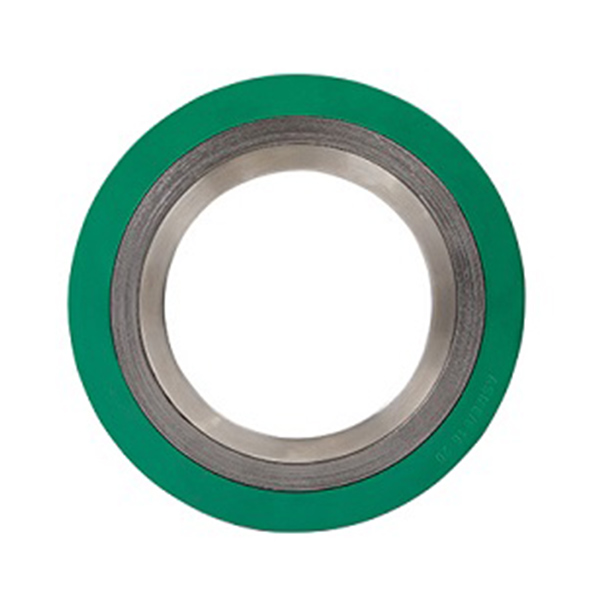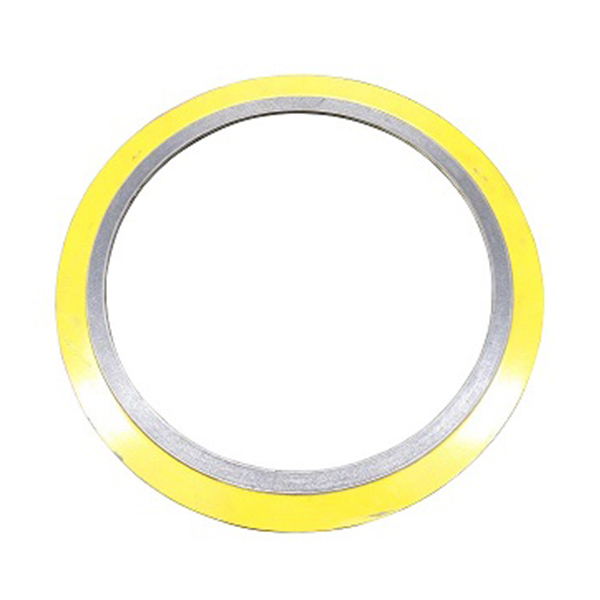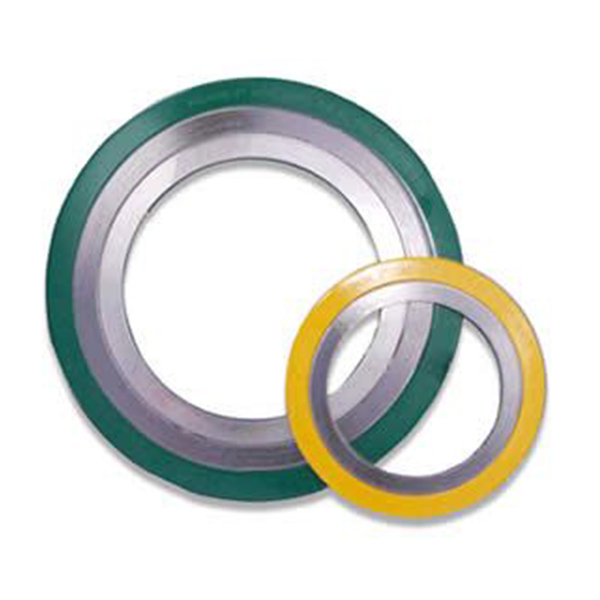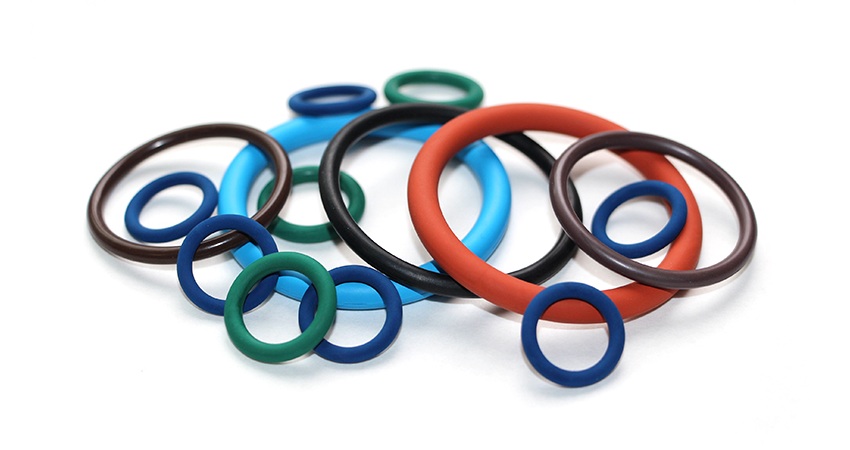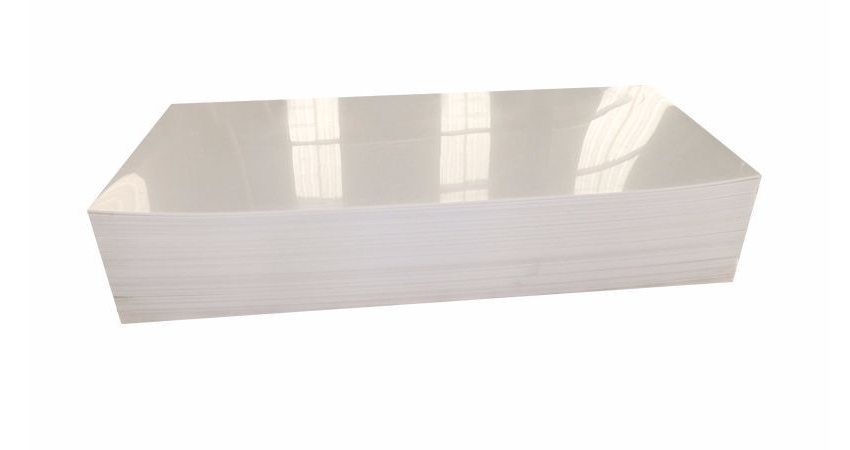Machines for Cut Gaskets
Introduction to Machines for Cut Gaskets
In industrial manufacturing, precision and efficiency are paramount, especially when producing cut gaskets used in sealing applications across various sectors like automotive, aerospace, and plumbing. Machines for cut gaskets are specialized equipment designed to fabricate gaskets from materials such as rubber, cork, metal, or composite sheets with high accuracy and repeatability. These machines ensure that gaskets meet exact specifications, reducing waste and enhancing productivity. This article delves into the key aspects of these machines, including their types, technical parameters, and common FAQs, to provide a comprehensive overview for professionals seeking reliable solutions.
Types of Machines for Cut Gaskets
There are several types of machines tailored for cutting gaskets, each suited for different materials and production volumes. Common varieties include die-cutting machines, laser cutting machines, waterjet cutters, and rotary die systems. Die-cutting machines use custom dies to punch out shapes, ideal for high-volume runs with consistent designs. Laser cutting machines employ focused laser beams for precise, contactless cutting, perfect for intricate patterns and various materials. Waterjet cutters utilize high-pressure water mixed with abrasive materials to cut through thick or hard substances, offering versatility without heat damage. Rotary die systems are continuous process machines that use rotating dies for efficient, large-scale production. Selecting the right type depends on factors like material properties, desired precision, production speed, and budget constraints.
Key Product Parameters
When evaluating machines for cut gaskets, it's essential to consider specific technical parameters that impact performance and suitability. Below is a detailed list and table outlining these critical factors.
List of Important Parameters
- Cutting Technology: The method used, such as die-cutting, laser, waterjet, or rotary, which affects precision and material compatibility.
- Material Compatibility: Types of materials the machine can handle, e.g., rubber, metal, foam, or composites, with thickness ranges.
- Maximum Cutting Area: The size of the material sheet that can be processed, typically measured in millimeters or inches.
- Cutting Speed: The rate at which the machine operates, often in meters per minute or strokes per minute, influencing production throughput.
- Accuracy and Tolerance: The precision of cuts, usually specified in millimeters, crucial for ensuring gasket fit and function.
- Power Requirements: Electrical specifications, such as voltage and amperage, necessary for installation and operation.
- Automation Level: Degree of automation, from manual to fully CNC-controlled systems, affecting labor needs and consistency.
- Software Integration: Compatibility with design software like CAD for seamless pattern input and adjustments.
- Maintenance Needs: Frequency of servicing and part replacements, impacting long-term operational costs.
- Safety Features: Includes emergency stops, guards, and compliance with industry standards to protect operators.
Table of Technical Specifications
| Parameter | Typical Range | Description |
|---|---|---|
| Cutting Technology | Die, Laser, Waterjet, Rotary | Determines the cutting method and applicable materials. |
| Material Thickness | 0.5 mm to 50 mm | Varies by machine type; laser cutters handle thinner materials, waterjets manage thicker ones. |
| Cutting Area | 500x500 mm to 2000x3000 mm | Larger areas allow for bigger sheets or multiple gaskets per cycle. |
| Cutting Speed | 10-100 m/min (laser), 5-50 strokes/min (die) | Higher speeds increase output but may affect precision. |
| Accuracy | ±0.1 mm to ±0.5 mm | Critical for tight tolerances in gasket applications. |
| Power Consumption | 1-20 kW | Depends on machine size and technology; laser machines often require more power. |
| Automation | Manual, Semi-Auto, Full CNC | CNC systems offer higher precision and reduced manual intervention. |
| Software | CAD/CAM compatible | Enables easy design upload and modifications. |
| Maintenance Interval | 100-500 operating hours | Regular checks ensure longevity and consistent performance. |
| Safety Standards | CE, OSHA compliant | Ensures operator safety and regulatory adherence. |
Applications and Benefits
Machines for cut gaskets find applications in numerous industries where密封 components are critical. In the automotive sector, they produce gaskets for engines, transmissions, and exhaust systems, ensuring leak-proof seals under high temperatures and pressures. Aerospace applications involve creating gaskets for fuel systems and hydraulic assemblies, where precision is vital for safety. Plumbing and HVAC industries use these machines to fabricate gaskets for pipes and fittings, preventing leaks in water and air systems. The benefits include enhanced accuracy, reduced material waste through optimized nesting of patterns, increased production speed, and the ability to handle custom designs quickly. By automating the cutting process, these machines minimize human error, lower labor costs, and improve overall efficiency, making them indispensable in modern manufacturing environments.
FAQ Section
What materials can machines for cut gaskets handle?
These machines are versatile and can process a wide range of materials including rubber, silicone, cork, metal sheets (like aluminum or steel), foam, felt, and composite materials. The specific compatibility depends on the cutting technology; for example, laser cutters are excellent for metals and plastics, while waterjets can handle thicker metals and hard materials.
How do I choose the right machine for my production needs?
Consider factors such as production volume, material type, required precision, and budget. For high-volume runs, die-cutting or rotary machines are cost-effective. If you need high precision and flexibility for custom designs, laser or waterjet cutters are ideal. Evaluate technical specifications like cutting area, speed, and automation level to match your operational requirements.
What is the typical accuracy of these machines?
Accuracy varies by machine type but generally ranges from ±0.1 mm to ±0.5 mm. Laser and waterjet machines often achieve higher accuracy (±0.1 mm) due to computer-controlled movements, while die-cutting machines might have slightly lower tolerance (±0.3 mm to ±0.5 mm) but are faster for standardized shapes.
Are these machines easy to maintain?
Maintenance requirements depend on the technology. Die-cutting machines need regular die sharpening and part replacements. Laser machines require lens cleaning and alignment checks. Waterjet systems involve abrasive nozzle inspections and pump maintenance. Most machines come with manuals and support for routine servicing, and opting for models with self-diagnostic features can simplify upkeep.
Can these machines integrate with existing CAD software?
Yes, modern machines for cut gaskets are designed to work seamlessly with CAD (Computer-Aided Design) and CAM (Computer-Aided Manufacturing) software. This allows users to import designs directly, make adjustments, and execute cuts with minimal manual input, enhancing efficiency and reducing errors.
What safety features should I look for?
Key safety features include emergency stop buttons, protective guards around cutting areas, laser safety interlocks (for laser machines), and compliance with standards like CE or OSHA. Additionally, machines should have clear operating instructions and training resources to prevent accidents.
How long does it take to set up a machine for a new design?
Setup time varies: for die-cutting machines, changing dies might take 30 minutes to an hour. Laser and waterjet machines can switch designs almost instantly via software, typically taking only a few minutes to upload and calibrate a new file, making them ideal for quick changeovers and prototyping.
What is the average lifespan of these machines?
With proper maintenance, these machines can last 10-20 years. Die-cutting machines may require more frequent part replacements, while laser and waterjet systems have longer lifespans if components like lasers or pumps are well-maintained. Regular servicing and using quality materials contribute to longevity.
Do these machines support automated material handling?
Many advanced models offer automation options such as conveyor systems, robotic loaders, and unloaders. These features enable continuous operation, reduce manual labor, and increase throughput, especially in high-volume production settings.
What are the energy consumption considerations?
Energy usage depends on the machine type; laser machines consume more power due to their high-energy beams, while die-cutting machines are generally more energy-efficient. Look for energy-efficient models and consider power requirements during installation to optimize operational costs.


